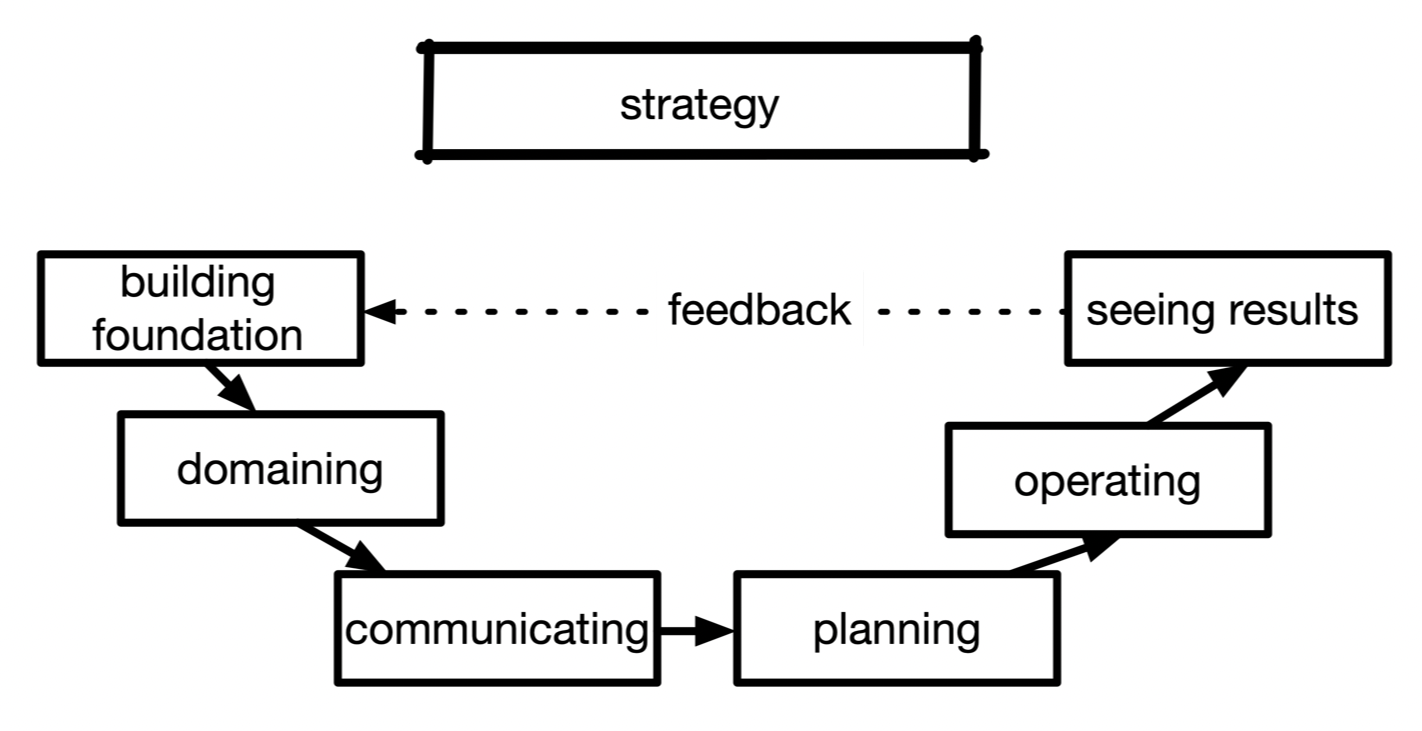Another of the many articles about management in firms and civil society organisations
The argument for strategy in civil society organisations
Written by John Berry on 10th March 2024. Revised 13th March 2024.
2 min read
 A strategy is a model of a reality – a reality that visionaries and senior managers hope will in time come to pass in the civil society organisation.
A strategy is a model of a reality – a reality that visionaries and senior managers hope will in time come to pass in the civil society organisation.
Models are described by their accuracy and their usefulness. By accuracy, we mean how well the model represents that reality, or at least the to-be picture that, all other things being equal, will become reality. By being useful, we mean how well the model motivates managers and volunteers to achieve the aims, plans, and operations set out in the strategy.
In building strategy, visionaries and managers must bring their best skills and knowledge to the task. The strategy model produced will not be perfect, but it will certainly be the best representation available of the desired future. If applied to day-to-day decision-making in civil society organisations, the strategy will be highly useful in guiding the as-is state towards that to-be.
Strategy is a tool to cause a desirable future state. Without strategy, there’s only chance. Leaving the future to chance is unacceptable.
Of course, a civil society organisation must not cast strategy in stone. And indeed, visionaries and managers in civil society organisations might elect that flexibility will be a key element of their strategy. That desire for flexibility might arise because the future is not knowable. Uncertainty might demand strategic agility, reacting to opportunity. But strategic agility itself must be planned for – and so circuitously, we’re back to strategy.
There’s no escaping the reality of the need for visionaries and senior managers in civil society organisations to think hard about the future. And then apply their conclusions as strategy.